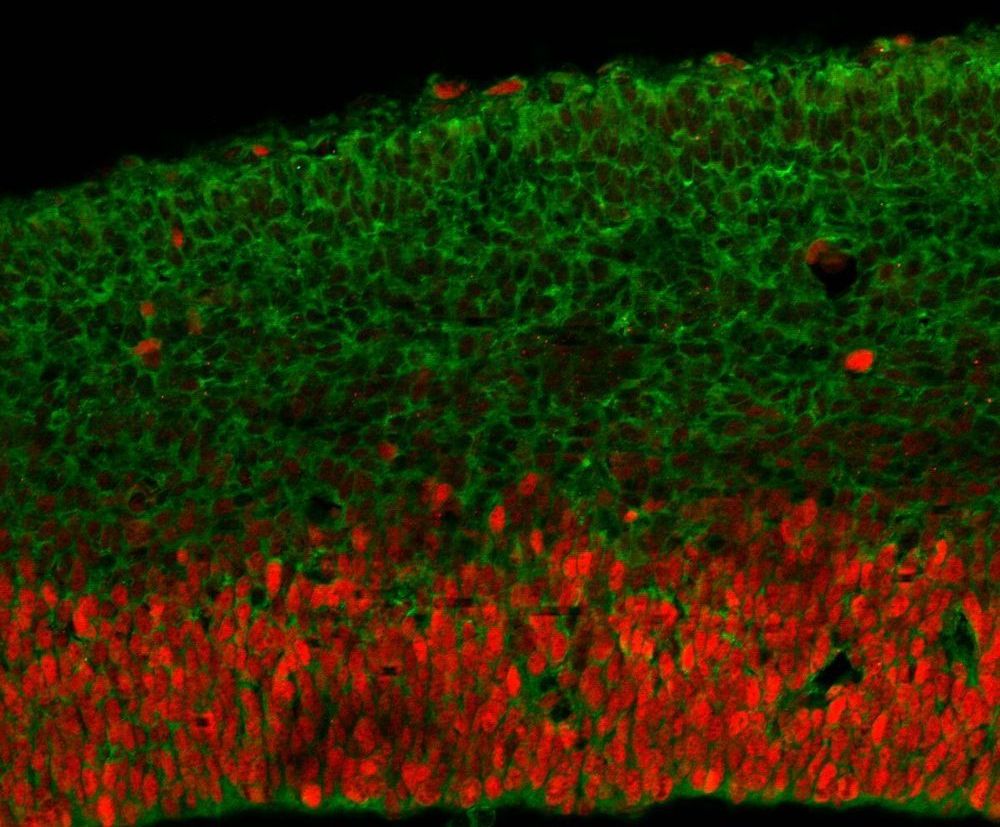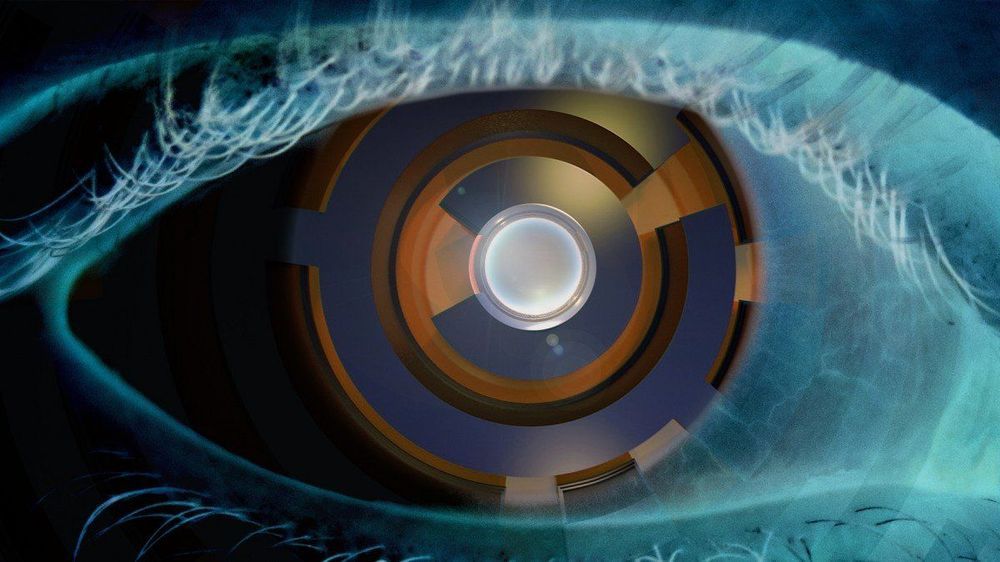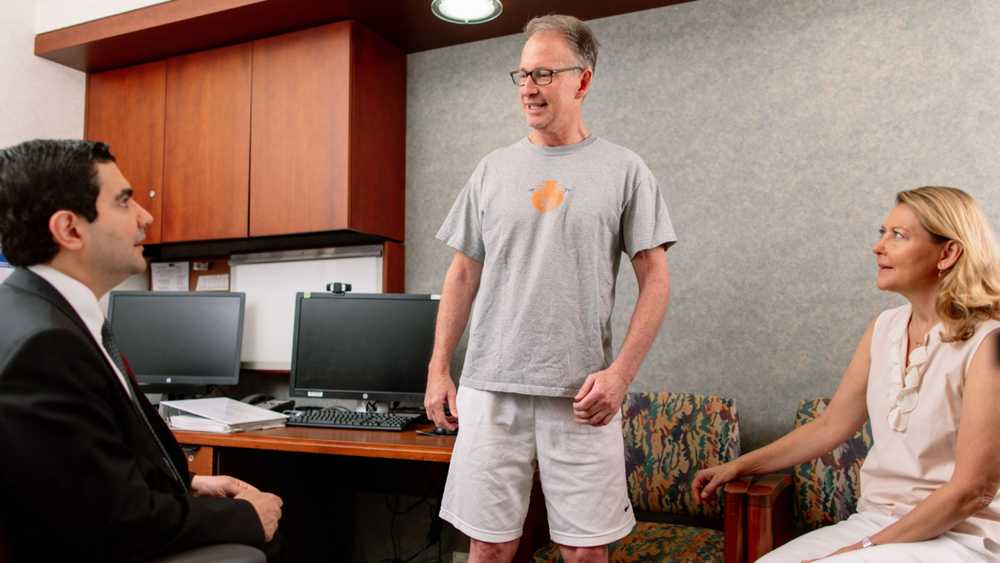Revised version greatly expands reach of controversial rule, analysts say.




An international team of researchers that pooled genetic samples from developmentally disabled patients from around the world has identified dozens of new mutations in a single gene that appears to be critical for brain development.
“This is important because there are a handful of genes that are recognized as ‘hot spots’ for mutations causing neurodevelopmental disorders,” said lead author Debra Silver, an associate professor of molecular genetics and microbiology in the Duke School of Medicine. “This gene, DDX3X, is going to be added to that list now.”
An analysis led by the Elliott Sherr lab at the University of California-San Francisco found that half of the DDX3X mutations in the 107 children studied caused a loss of function that made the gene stop working altogether, but the other half caused changes predicted to disrupt the function of the gene.

The news: A new type of artificial eye, made by combining light-sensing electronics with a neural network on a single tiny chip, can make sense of what it’s seeing in just a few nanoseconds, far faster than existing image sensors.
Why it matters: Computer vision is integral to many applications of AI—from driverless cars to industrial robots to smart sensors that act as our eyes in remote locations—and machines have become very good at responding to what they see. But most image recognition needs a lot of computing power to work. Part of the problem is a bottleneck at the heart of traditional sensors, which capture a huge amount of visual data, regardless of whether or not it is useful for classifying an image. Crunching all that data slows things down.
A sensor that captures and processes an image at the same time, without converting or passing around data, makes image recognition much faster using much less power. The design, published in Nature today by researchers at the Institute of Photonics in Vienna, Austria, mimics the way animals’ eyes pre-process visual information before passing it on to the brain.

This month, K.L. became one of the first patients to receive a new experimental gene therapy for children with a severe form of inherited vision loss. The treatment, currently not yet named, targets young men who are susceptible to a particularly vicious genetic disorder that gradually destroys the light-sensing portion of their eyes.
Within a month following a single injection, “my vision was beginning to return in the treated eye. The sharpness and depth of colors I was slowly beginning to see were so clear and attractive,” said K.L.
The trial, a first-in-human case for X-linked Retinitis Pigmentosa (RP), was led by Dr. Robert MacLaren at the University of Oxford but spanned multiple centers including the Bascom Palmer Eye Institute in Miami, which previously championed Luxterna, the first FDA-approved gene therapy for a type of inherited blindness. The results are some of the first targeting a particularly difficult gene prone to mutation in humans. Amazingly, despite some inflammation in early stages, the therapy provided massive improvements in eyesight as early as two weeks following treatment.

If you’d like to share this article you can do so from here: https://m.facebook.com/story.php?story_fbid=539550403339975&id=383136302314720
Michigan-native doctor was honored in his hometown for making national headlines after helping a paralyzed man walk again.
Catalogue of 68 billion tunes contains ‘every melody that’s ever existed and ever can exist’

In a recent study, scientists at Baycrest’s Rotman Research Institute (RRI) found that research participants moved their eyes to determine whether they had seen an image before, and that their eye movement patterns could predict mistakes in memory. They obtained these results using an innovative new eye tracking technique they developed.
“Our findings indicate that eye movements play a functional role in memory retrieval,” says Dr. Jennifer Ryan, senior scientist at the RRI and Canada Research Chair in Cognitive Neuroscience of Memory. “They can tell us a lot about someone’s memory.”
This study builds on previous Baycrest research examining the link between eye movements and memory, including the role of our eye movements in memorization and the weakening connection between our eye movements and our brain activity as we age.

A lithium-ion battery that is safe, has high power and can last for 1 million miles has been developed by a team in Penn State’s Battery and Energy Storage Technology (BEST) Center.
Electric vehicle batteries typically require a tradeoff between safety and energy density. If the battery has high energy and power density, which is required for uphill driving or merging on the freeway, then there is a chance the battery can catch fire or explode in the wrong conditions. But materials that have low energy/power density, and therefore high safety, tend to have poor performance. There is no material that satisfies both. For that reason, battery engineers opt for performance over safety.
“In this work we decided we were going to take a totally different approach,” said Chao-Yang Wang, professor of mechanical, chemical and materials science and engineering, and William E. Diefenderfer Chair in Mechanical Engineering, Penn State. “We divided our strategy into two steps. First we wanted to build a highly stable battery with highly stable materials.”
